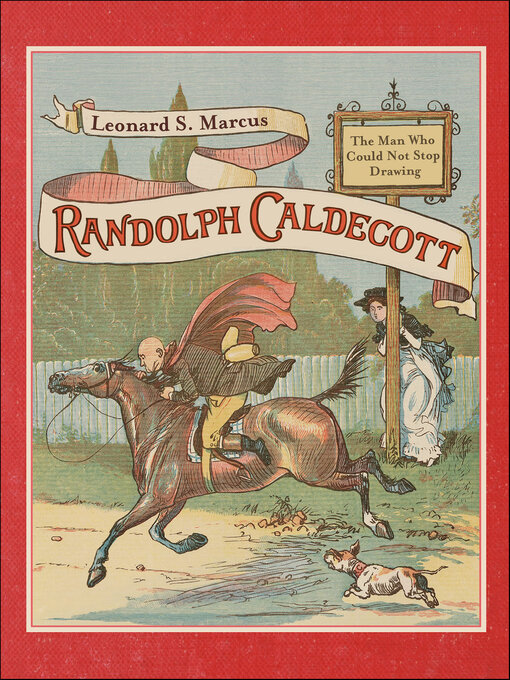Randolph Caldecott is best known as the namesake of the award that honors picture book illustrations, and in this inventive biography, leading children's literature scholar Leonard Marcus examines the man behind the medal. In an era when the steam engine fueled an industrial revolution and train travel exploded people's experience of space and time, Caldecott was inspired by his surroundings to capture action, movement, and speed in a way that had never before been seen in children's picture books. Thoroughly researched and featuring extensive archival material and a treasure trove of previously unpublished drawings, including some from Caldecott's very last sketchbook, Leonard Marcus's luminous biography shows why Caldecott was indeed the father of the modern picture book and how his influence lives on in the books we love today.
- Historical Romance eBooks
- Wholesome Romance eBooks
- Mystery Romance eBooks
- Horror eBooks
- Science Fiction - eBooks
- Western eBooks
- 2025 Libby Book Award Winners and Runners Up
- See all ebooks collections
- New Audiobooks!
- Always Available Audiobooks
- No Wait! Non-Fiction Audiobooks
- 2025 Libby Book Award Winners and Runners Up
- See all audiobooks collections





